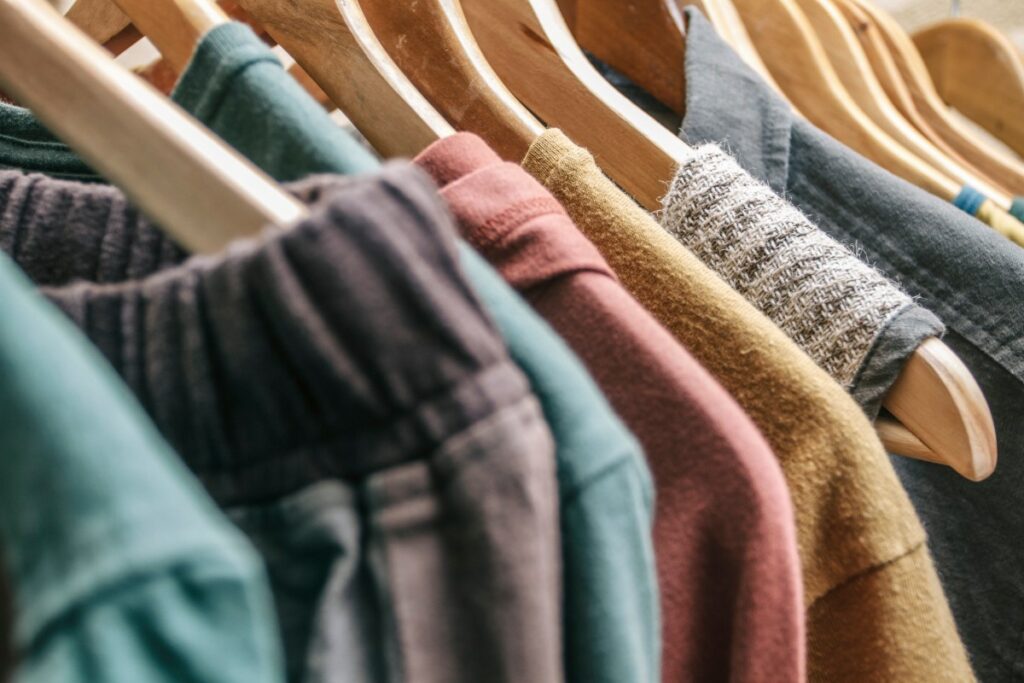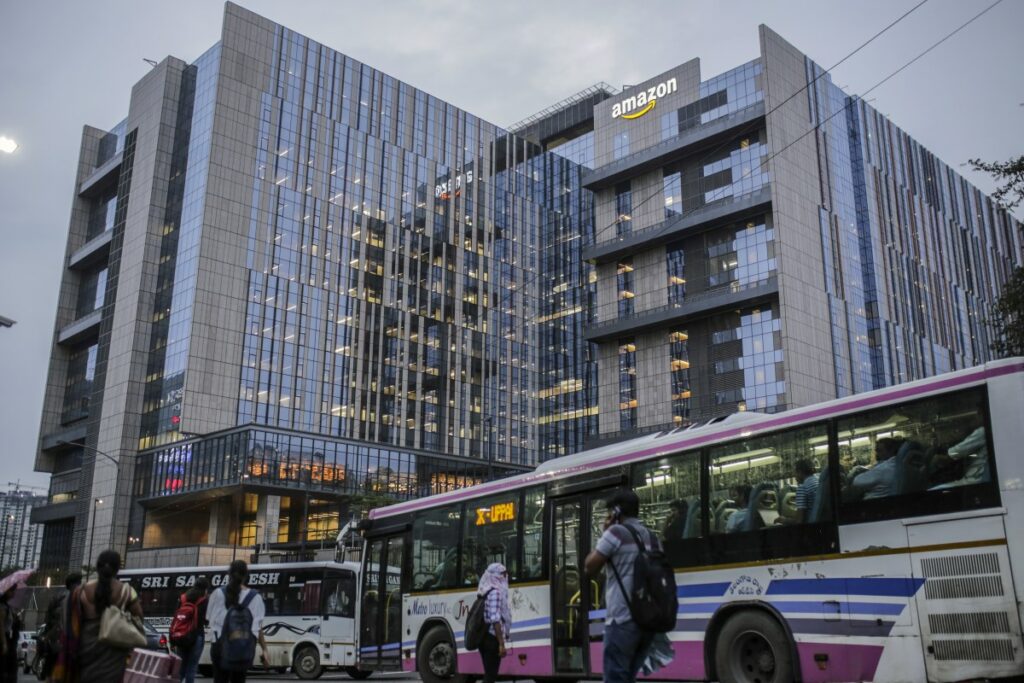Second-hand clothing has exploded as a category over the past couple of decades. A London startup that’s built a first-of-its-kind platform to improve how this very fragmented industry operates is now announcing funding to double down on the opportunity.
Fleek, an online marketplace that connects second-hand clothing wholesalers with those who sell it at retail, has raised a $20.4 million Series A to continue expanding its platform. To date, Fleek says it has worked with some 10,000 resellers and retailers from 70 countries, moving 2.5 million items of second-hand clothes from 1,000 wholesale suppliers.
The investment comes from an impressive list of backers: HV Capital is leading the round, while Andreesen Horowitz (which led the startup’s seed round) and accelerator Y Combinator (where Fleek was a part of the Winter 2022 batch) are participating. Individual backers in the round include Shopify president Harley Finkelstein, Depop’s ex-CEO Maria Raga, and Postmates’ CTO Sean Plaice.
Fleek was founded by friends Abhi Arora and Sanket Agarwal following a very direct grievance from a future in-law.
It was 2021, and the mother of Agarwal’s then-girlfriend, who sold clothes on second-hand social commerce site Poshmark (now owned by Naver), was talking about sourcing problems due to supply chain issues at the height of the Covid-19 pandemic. Separately, Arora, fresh out of an MBA at Cambridge, was living close to Brick Lane in London, a major destination for second-hand clothes buyers, and he went over there to investigate what things were like.
He got to chatting with a vintage clothes shop manager. Used-clothing wholesalers, the manager told him, serve as funnels for sourcing clothing, providing many second-hand stores with stock. These wholesalers were offline, so the retailers tended to travel to source goods from the wholesalers in person, picking through racks, going “heads down, bums up,” in the words of Arora, Fleek’s CEO.
That practice became impossible with travel restrictions, yet what this retailer had noticed was that a handful of the wholesalers had started showing off their goods on Instagram, and they were negotiating ad-hoc over video calls.
That gave Arora and Agarwal, a software engineer who previously worked at Google, their inspiration. They would build a marketplace to make it easier for any wholesaler to sell online, and for any retailer to buy that way. Make the experience consistent for everyone on both sides of the table and take a cut on the payment for providing the service.
Fleek’s commission, Agarwal said, depends on the amount and quality of goods being sold: its cut comes out of the payments that buyers are paying to the wholesalers.
And then, as they started to look into who these offline wholesalers actually were, it felt like fate.
“It turned out that the sub-continent is one of the biggest exporters and importers of used clothes,” Arora said. “Sanket and I both grew up in India. We speak the language. That really helped us connect with these wholesalers.”
From basic necessity to virtuous circles and vintage vibes
It wasn’t that long ago that second-hand clothing was mainly the domain of lower-income consumers: charity shops and donation points were mainstays for collecting those items and redistributing them to those who needed them near and far… sometimes very far. The whole process of intake and selling was quite analog.
Over the years, the concept has had a major makeover, particularly in more developed economies, where second-hand clothing — sometimes loftily referred to as “vintage” — has come into its own. Besides those who can’t spend a lot or just want to save money, there are shoppers who can afford to buy new clothes, but they opt for second-hand to assert their individuality in a sea of mass-market goods. Or they are buying used to tap into the circular economy and virtuously reduce waste.
For those of us on the lookout for a diamond-in-the-rough bargain, prices may not be much different than new, and in many cases, much higher. And the number of places selling used clothes has ballooned. Charity shops now compete with more curated second-hand stores, and even major chains like Urban Outfitters and high-end high-street boutiques are leaning into the vintage vibe.
Alongside this has been a boom of online sellers across eBay, Vinted, Poshmark, ThredUp, The RealReal, Depop, Instagram, TikTok, and many more. Used clothing now makes up 10% of all clothing sales, according to a survey from GlobalData and ThredUp.
The ECDB, a specialist e-commerce data analytics firm, estimates that 68% of all Gen-Z and Millennial consumers in the U.K. (a big market for vintage) bought at least one second-hand item in the last year.
Fleek has customers all around the world buying goods from its sellers, but according to Arora, the biggest suppliers are not individuals who donate their clothes to charity, but wholesalers, who in this case are very large warehouses that are the ultimate collectors and distributors of those items.
The wholesalers that Fleek tends to work with are in countries like Pakistan, India and Dubai, and they serve both the developing world (still major customers for second-hand clothes) and the developed world (where someone with a bigger wallet might pay as much or possibly more for a great pair of used Levi’s over a new pair).
When I spoke to Arora and Agarwal the other day, they were respectively in Pakistan and India visiting suppliers, and they said that typically these wholesalers can handle — take in, sort, mend, clean up and send out — up to 400,000 kilograms of clothing in a single day. That sounds chaotic, but that’s what makes Fleek so interesting: Go to the site and you’ll see extreme organization, where those hundreds of thousands of kilos can be bought by weight, or by brand, style, size, material and more.
As well as doing the hard work of bringing massive, physical businesses online for the first time, Fleek is also spinning up technology for those further along that journey.
It already offers predictive analytics to customers to help them forecast different trends. (Surely this has to be programmed to just tell buyers to seek things popular 20 and 40 years previously.) You could imagine more AI tooling to help with quality control and to better safeguard against counterfeiting, something the two admit is a huge problem in the industry that they want to help stop.
Another area it will likely develop more functionality is in speeding up logistics around buying, shipping and receiving, especially around wholesalers who are being positively reviewed by buyers, said Agarwal.
“We want to bring on more buyers, bring on more sellers, and build technology to continue empowering these entrepreneurs on both sides of the marketplace,” he said.


